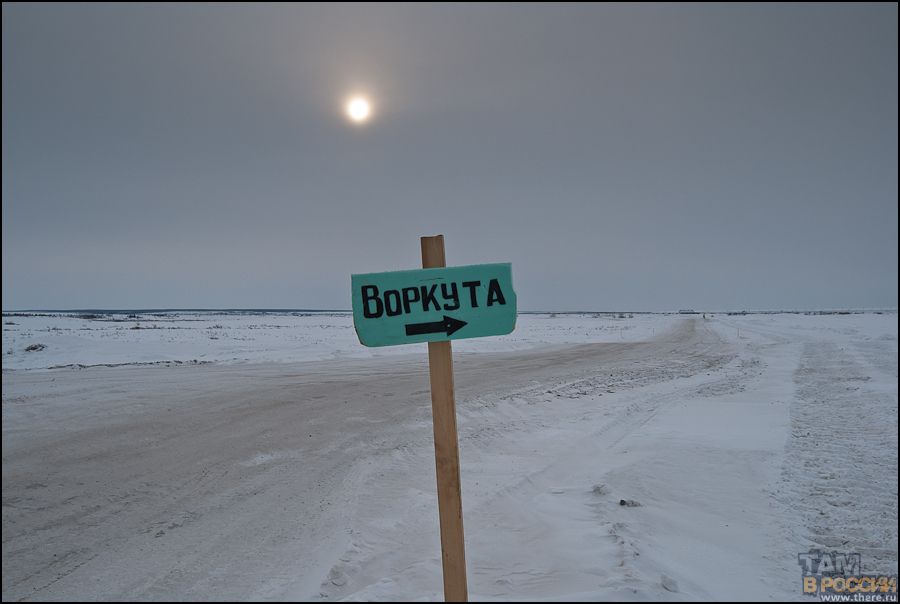Just when you thought I was one of those many pro-Russia Putino-trolls who'd suck Putin's dick on a regular basis...

Here's the deal. Russia has basically left 26 miners to die, and hasn't given a shit about it. Do bear with me.
Vorkuta is a town situated way beyond the polar circle, in the Russian republic of Komi. Population 60,000. Winter goes on for 8 months there, and in December and January the temperatures often drop below -60 C. The town was founded in 1936 by geologists and got town status in 1943. At the time, vast reserves of coal were discovered there. Coal mining has been its main industry ever since - a typical mining town.
Remarkably, until about a decade ago there was no asphalt road to the town, and railroad was the only means of reaching it. The town's main landmark is the huge concentration camp where the enemies of the Soviet regime were being kept. In the 50s it reached a population of 70,000 prisoners, which surpassed that of the town nearby. After Stalin's death in the 50s there was a rebellion in that camp. Thousands of prisoners participated. The rebellion became known as the Vorkuta Rebellion, although the prisoners were unarmed. The Soviet regime eventually decided to release the criminal convicts and keep the political prisoners in the camp. Thousands of Vorkuta inhabitants are descendants of those prisoners.
( Now straight to the point )

Here's the deal. Russia has basically left 26 miners to die, and hasn't given a shit about it. Do bear with me.
Vorkuta is a town situated way beyond the polar circle, in the Russian republic of Komi. Population 60,000. Winter goes on for 8 months there, and in December and January the temperatures often drop below -60 C. The town was founded in 1936 by geologists and got town status in 1943. At the time, vast reserves of coal were discovered there. Coal mining has been its main industry ever since - a typical mining town.
Remarkably, until about a decade ago there was no asphalt road to the town, and railroad was the only means of reaching it. The town's main landmark is the huge concentration camp where the enemies of the Soviet regime were being kept. In the 50s it reached a population of 70,000 prisoners, which surpassed that of the town nearby. After Stalin's death in the 50s there was a rebellion in that camp. Thousands of prisoners participated. The rebellion became known as the Vorkuta Rebellion, although the prisoners were unarmed. The Soviet regime eventually decided to release the criminal convicts and keep the political prisoners in the camp. Thousands of Vorkuta inhabitants are descendants of those prisoners.
( Now straight to the point )